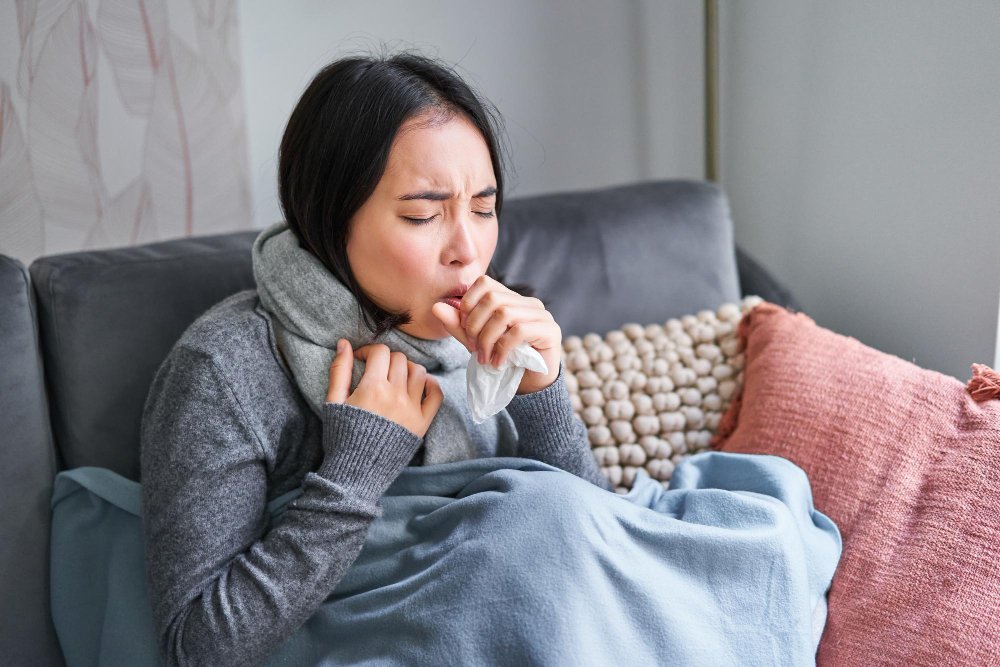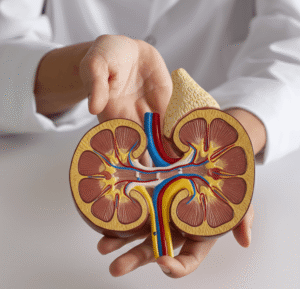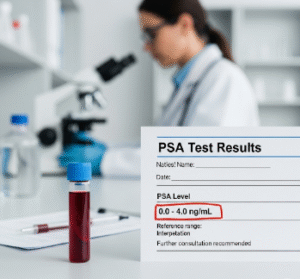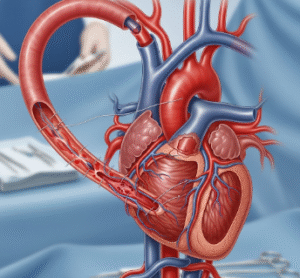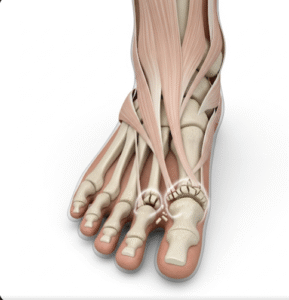Overview
Whooping Cough, or Pertussis, is a highly contagious bacterial infection that affects the respiratory tract. It is known for severe coughing fits that may end in a high-pitched “whoop” sound during the next breath of air. While it can affect people of all ages, it is most dangerous in infants and young children. Vaccination has significantly reduced its prevalence, but outbreaks still occur, especially in unvaccinated or under-vaccinated populations.
What is Whooping Cough (Pertussis)?
Pertussis is an acute respiratory infection caused by the bacterium Bordetella pertussis. It spreads through respiratory droplets and typically develops in three stages:
- Catarrhal stage – mild, cold-like symptoms
- Paroxysmal stage – severe coughing fits with the characteristic “whooping” sound
- Convalescent stage – gradual recovery over weeks
The disease is particularly severe in infants under 1 year of age, and complications can include pneumonia, seizures, and even death if not treated promptly.
Symptoms
Pertussis develops in stages, with symptoms progressing over several weeks:
Early symptoms (Catarrhal stage):
- Runny nose
- Mild fever
- Sneezing
- Mild cough
- Red, watery eyes
Later symptoms (Paroxysmal stage):
- Intense, repeated coughing fits
- “Whooping” sound during inhalation after coughing
- Vomiting after coughing
- Exhaustion following fits
- Cyanosis (bluish skin during attacks, especially in infants)
Recovery (Convalescent stage):
- Coughing gradually subsides over several weeks
- Lingering cough may last for months (“100-day cough”)
Causes
Whooping Cough is caused by Bordetella pertussis, a gram-negative bacterium that attaches to the lining of the respiratory tract and releases toxins. These toxins damage the respiratory epithelium and interfere with the immune response, leading to inflammation and the characteristic cough.
Risk Factors
Certain groups are more vulnerable to contracting or developing severe forms of pertussis:
- Unvaccinated infants and children
- Adolescents and adults with waning immunity
- Pregnant women who haven’t received the Tdap vaccine
- Close contact with infected individuals
- Living in communities with low vaccination coverage
- Healthcare workers exposed to respiratory infections
Complications
Complications are more common and severe in infants and may include:
- Pneumonia
- Apnea (pauses in breathing)
- Seizures
- Encephalopathy (brain inflammation)
- Rib fractures from intense coughing
- Weight loss and dehydration
- Death, especially in babies under 6 months
Adults and teens may suffer from less severe complications, such as:
- Sleep disruption
- Urinary incontinence
- Hernias or fainting due to severe coughing
Prevention
Vaccination is the most effective way to prevent whooping cough:
- DTaP vaccine for children (5 doses by age 6)
- Tdap booster for adolescents and adults
- Tdap during pregnancy to protect newborns
- Cocooning – vaccinating people in close contact with infants
Other preventive steps include: - Good respiratory hygiene (covering mouth, handwashing)
- Avoiding contact with infected individuals
- Prompt antibiotic treatment of cases to limit spread
Treatment Options in Korea
South Korea offers excellent preventive care and early intervention for Pertussis through national vaccination programs and high-standard pediatric care. Treatment options include:
- Antibiotics (e.g., azithromycin, clarithromycin, erythromycin) – most effective in the early stage
- Hospitalization for infants with severe symptoms or complications
- Oxygen therapy and supportive care for breathing difficulties
- Intravenous fluids for dehydration
- Vaccination coverage through national immunization programs (DTaP, Tdap)
- Post-exposure prophylaxis for close contacts of infected individuals
- Advanced diagnostic testing such as PCR and serology at leading hospitals like Seoul National University Hospital, Samsung Medical Center, and Asan Medical Center
South Korea’s public health system ensures wide access to vaccination, timely treatment, and outbreak control for whooping cough.

